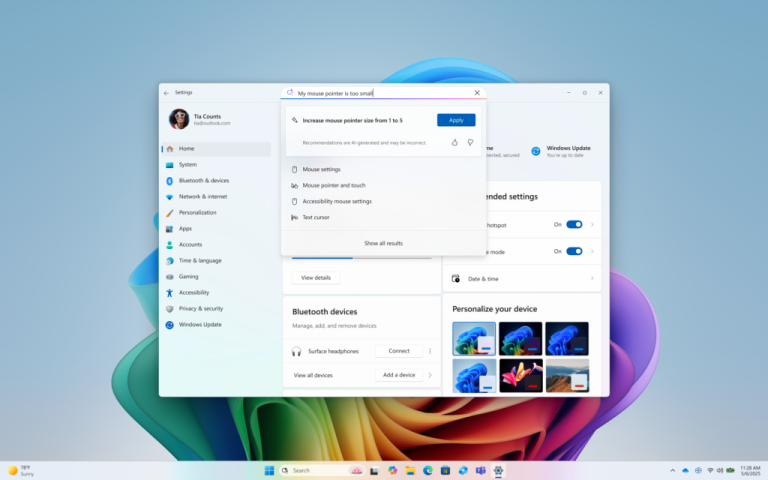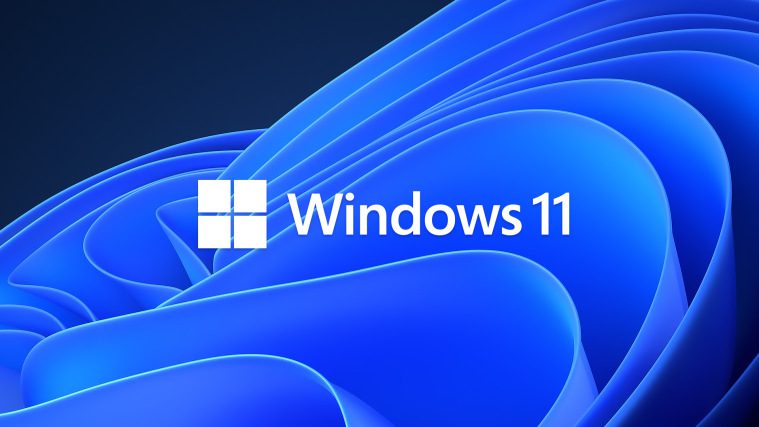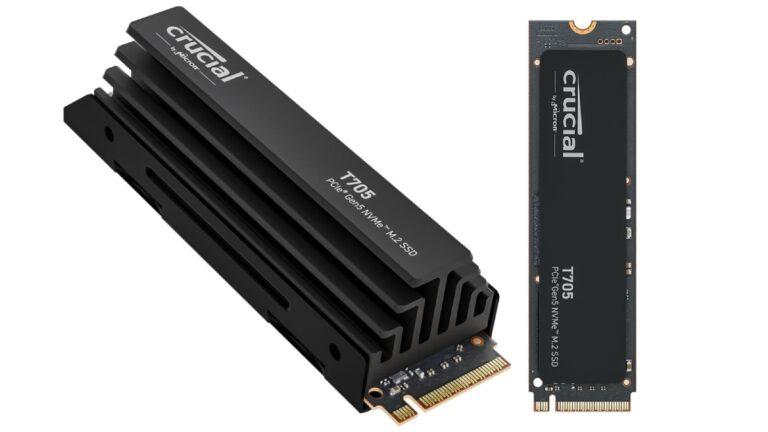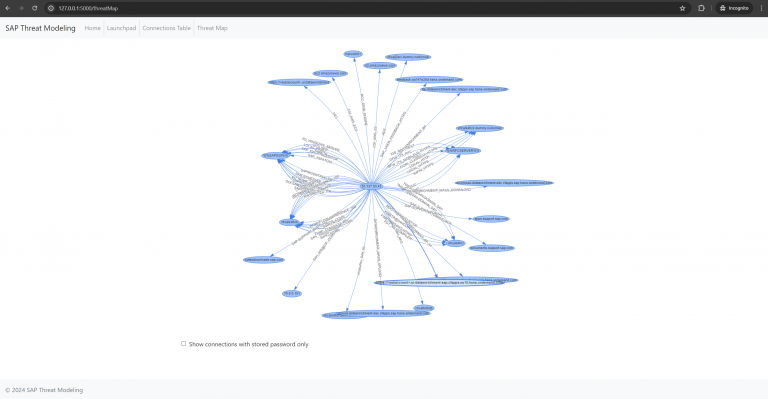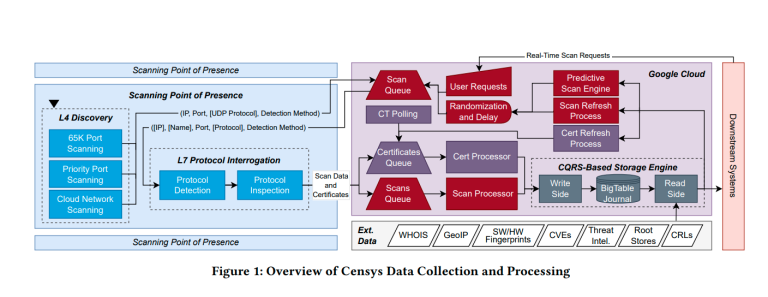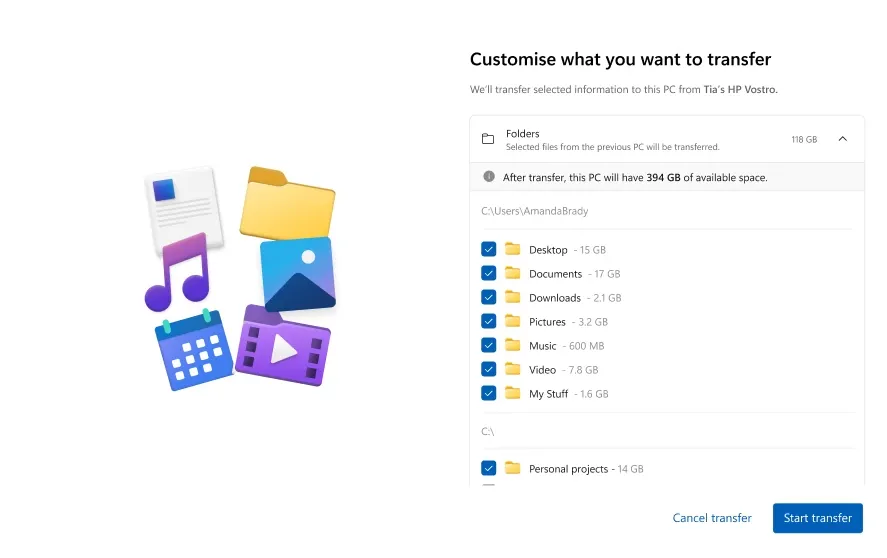
Microsoft has unveiled an enhanced data migration feature designed to ease the transition for users moving from Windows 10, whose official support will end in less than three months. This new tool enables the swift transfer of files, settings, and user preferences from one device to another over a local network.
According to the official documentation, the process is straightforward: launch the Windows Backup application on the old PC, select the data transfer option, and follow the prompts to pair the two devices using a generated code. Once paired, the new Windows 11 machine will allow the user to select specific folders (including entire drives if BitLocker encryption is disabled) and initiate the migration.
Upon completion, the system provides a summary of all transferred content. The user can then proceed with the standard Windows 11 setup, with all essential data already in place.
The new feature is currently available only to members of the Windows Insider Program but will soon be rolled out to the general public. It requires either Windows 10 or 11 on the source device and Windows 11 version 24H2 or later on the target machine. However, ARM-based systems—such as the Surface Laptop 7 and other Copilot+ PCs—are not yet supported. Users of these devices will need to transfer files manually until Microsoft lifts this limitation.
It is important to note that not all data types are eligible for transfer, including:
- System directories (e.g., Program Files, ProgramData, Temp, etc.);
- OneDrive contents, which require reauthentication;
- Installed applications;
- Account credentials and saved passwords;
- Files residing on BitLocker-encrypted drives—these must be decrypted in advance.
The tool utilizes a standard network connection between the two devices, making the migration process both efficient and user-friendly. With the imminent end of Windows 10 support, this feature arrives at a critical moment as millions of users prepare to upgrade aging hardware and confront the challenges of data migration.
